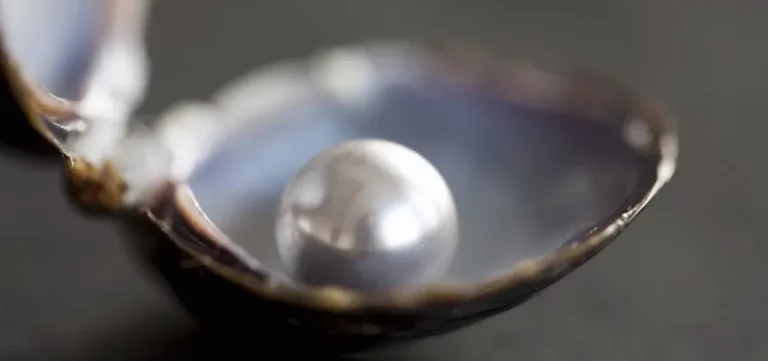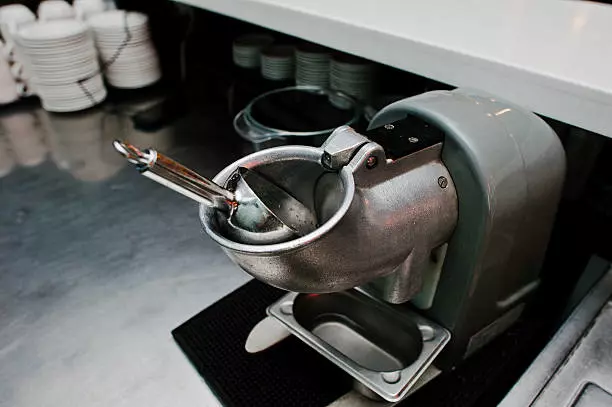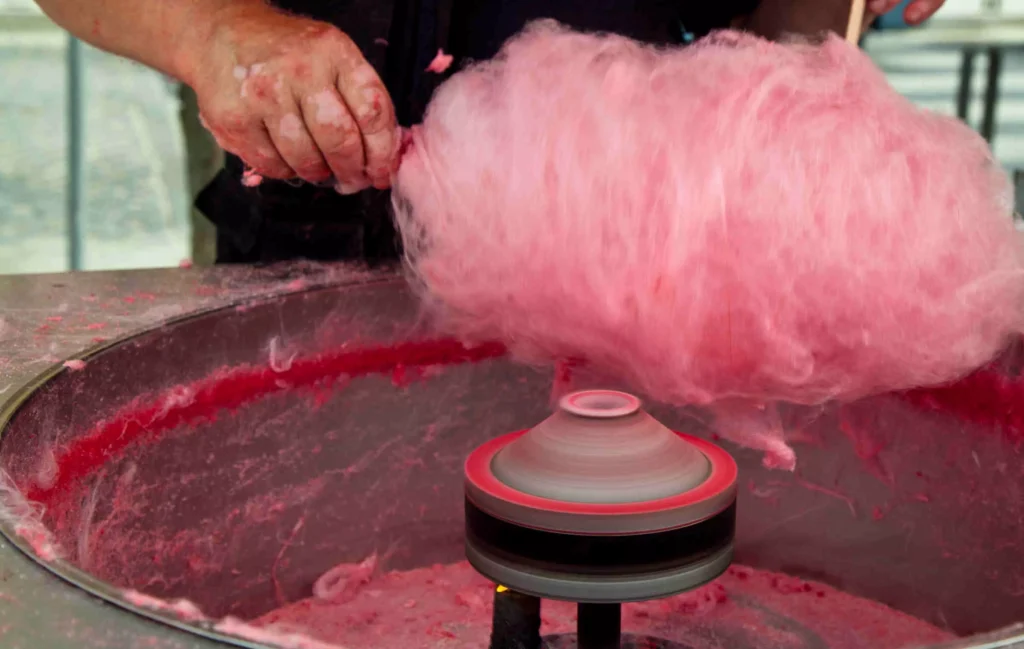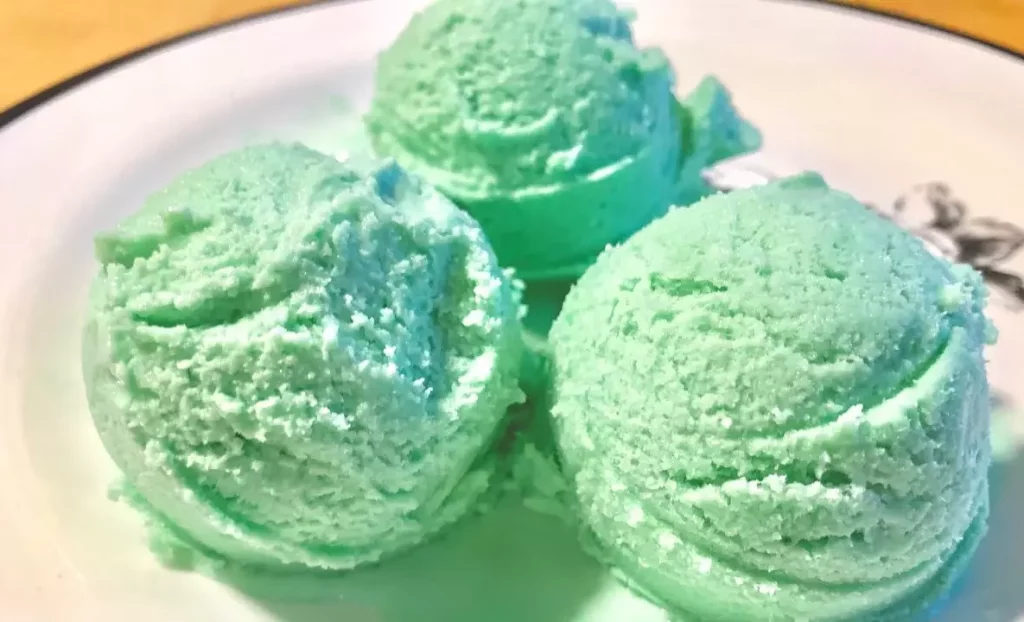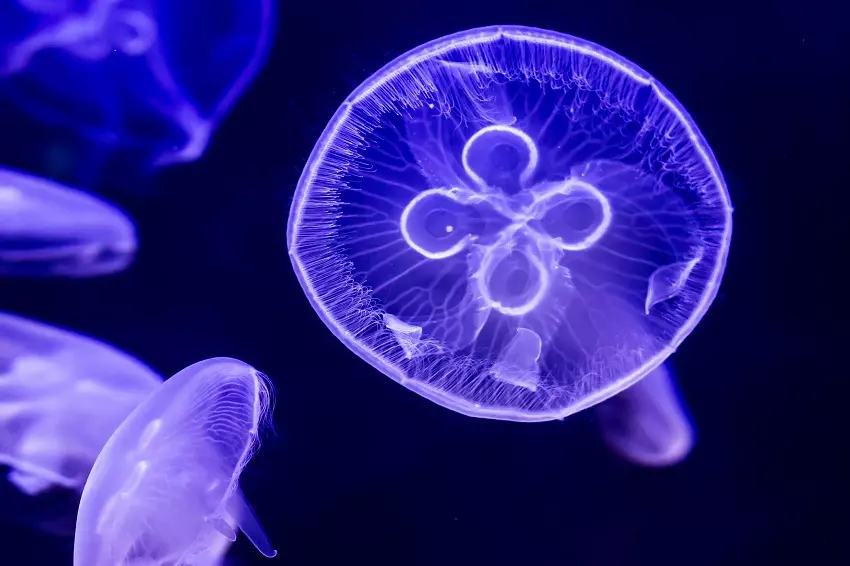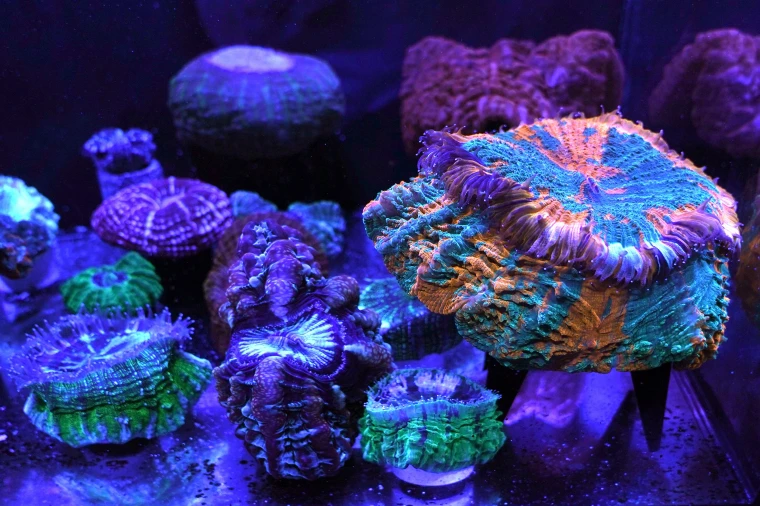What Makes All The Types Of Pearls Desirable?
Types of pearls come in a wide range of colors, and both natural and contemporary-produced pearls are among the most popular gems ever. The most popular hues are milk and white (a light yellowish brown). Silver, black, and other neutral colors are also fairly prevalent, but pearls come in every shade. Overtones are additional hues that alter the primary color, also known as the body color. Overtones are often pink (also known as rosé), green, purple, or blue. Additionally, certain pearls exhibit the orient iridescent phenomena.
For earrings, rings, and pendants, cultured pearls are frequently set as solitaires, pairs, or clusters or used in bead necklaces and bracelets. More substantial pearls in odd shapes are preferred by innovative jewelry makers.
Along with alexandrite and moonstone, pearl, whether natural or cultivated, is the June birthstone in the US.

What are the major types of pearls?
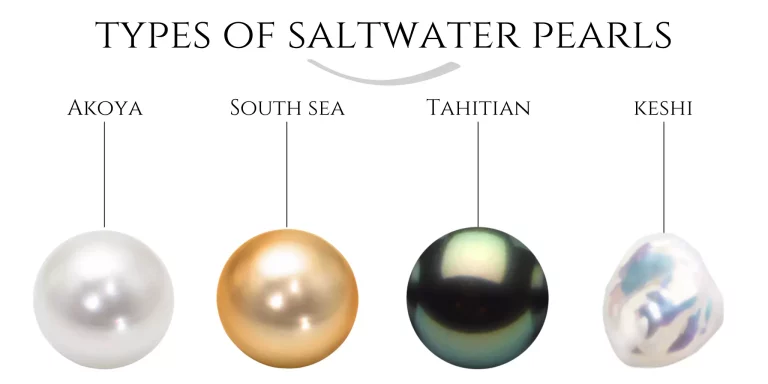
There are four main types of pearls that come in a variety of shapes, colors, and sizes :
Some more types of pearls :
Natural VS Cultured Types Of Pearls :
Pearl experts recognize both natural pearls and cultured pearls as authentic pearls. They are both made by living creatures with nacre.
Natural Pearls :
Natural types of pearls always develop without the aid of any kind of human being in the bodies or mantle tissue of specific mollusks, typically around a minute irritant.
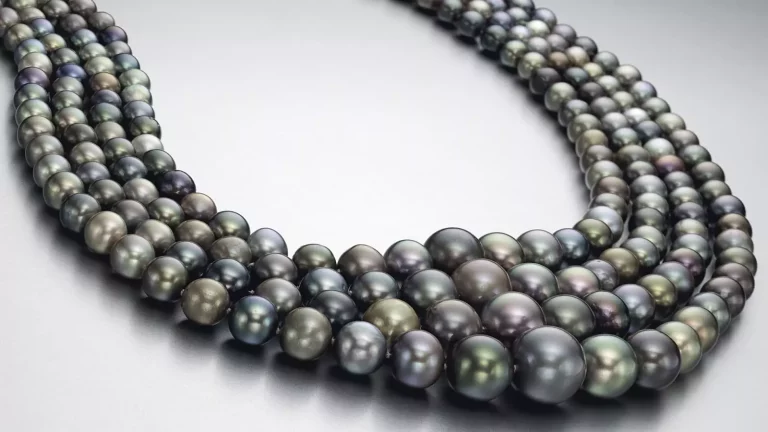
Cultured Pearls :
Cultured types of pearls need human attention and intervention to grow. Although some wild mollusks are still gathered and used, most of the mollusks used in the culture process nowadays are produced especially for that reason.

How These Types Of Pearls Are Made :
A trained technician inserts multiple pieces of mantle tissue without beads into a host snail’s mantle or a small piece of mantle tissue combined with a shell bead into the gonad of a sacrificed member of the same species of mollusk. If a bead is utilized, the mantle tissue develops a sac around it, secretes nacre inside the sac and onto the bead, and over time, this results in the formation of a cultured pearl. Nacre surrounds each piece of implanted mantle tissue if no bead is used. Up until the cultivated pearls are collected, workers tend to the mollusks.
How do you tell if a pearl is natural or cultured?
Where nacre has been added in concentric layers, a natural pearl may have growth lines visible. On the other hand, cultured pearls will have what appears to be a perfectly circular nucleus, a halo of conchiolin, and then a thin outer coating.
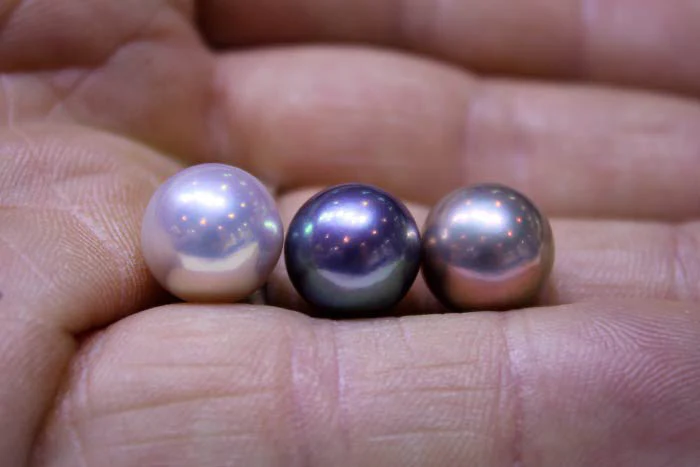
The four major types of cultured whole pearls :
Tahitian Cultured Pearls :
These types of pearls are mainly grown nearby the islands of French Polynesia (the most familiar of these is Tahiti). These saltwater cultured pearls, often known as black pearls, come in a variety of hues.
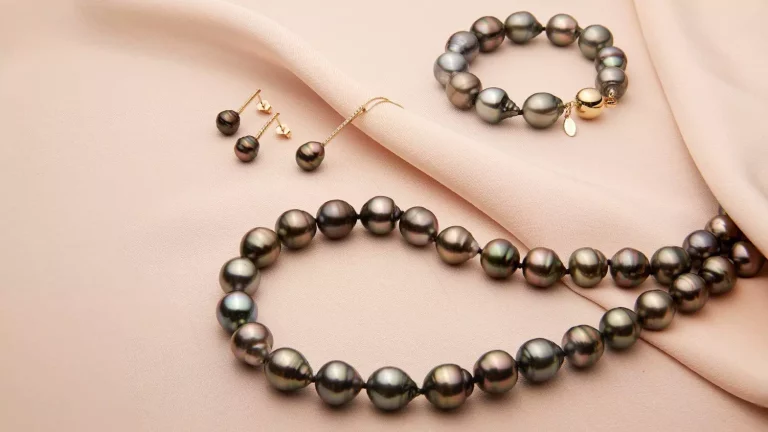
They could be grey, black, or brown with overtones of blue, green or pink.
Learn More :
Get Them Here :
Akoya Cultured Pearls :
The majority of individuals in the United States and other western markets are most familiar with Akoya-farmed pearls.
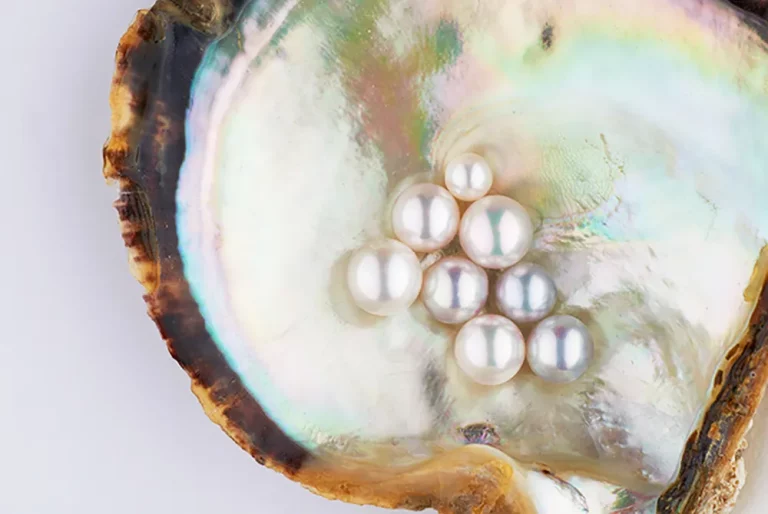
Customers frequently consider Akoya pearls in shades of white or cream to be the traditional pearl used in jewelry, particularly single-strand necklaces. Akoya-cultivated pearls are produced in both China and Japan.
Learn More :
Get Them Here :
South Sea Cultured Pearls :
Leading suppliers of these saltwater-farmed pearls are Australia, Indonesia, and the Philippines. Depending on the type of oyster used, South Sea cultivated pearls can range in color from white to silver or gold.
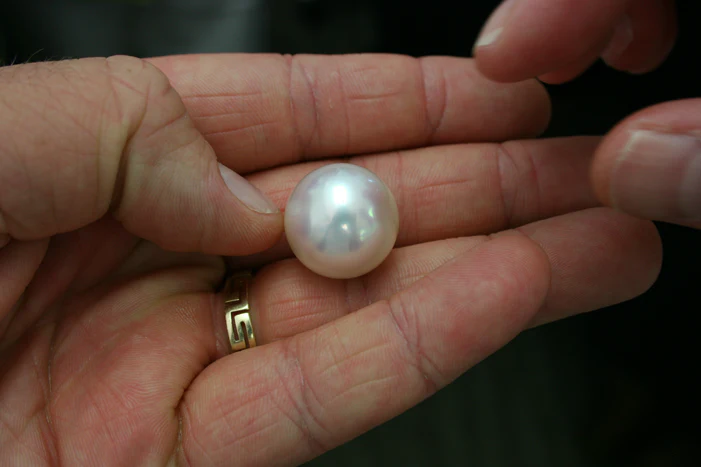
Due to their great size, thick nacre, prolonged growth period, and scarcity of essential growing circumstances, they are valuable.
Learn More :
Get Them Here :
Freshwater Cultured Pearls :
The most often produced pearls are freshwater cultured pearls, which are also one of the most popular pearl kinds among consumers and jewelry designers.
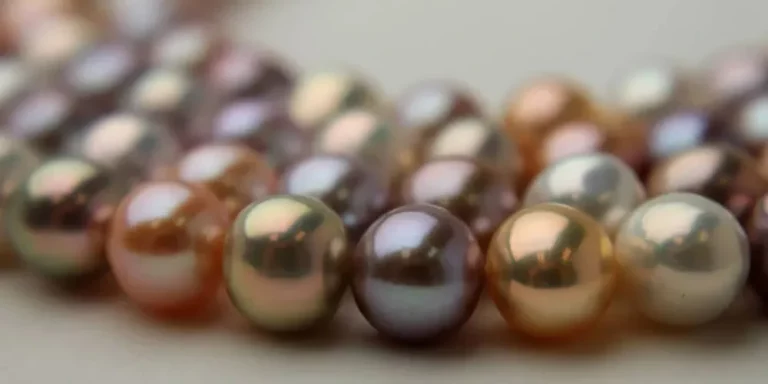
This is because they come in a stunning variety of sizes, shapes, and colors and are readily available commercially for less money. They are often raised in freshwater ponds and lakes, frequently with many pearls growing in a single oyster. The main supplier of freshwater-farmed pearls is China.
Learn More :
Get Them Here :
Some More Types Of Pearls :
Keshi Pearls :
The Keshi Pearl has the pearl with the most brilliant shine out of all the varieties. Jewelry designers frequently employ Keshi Pearls to create extraordinary, one-of-a-kind items that stand out from the crowd and serve as wearable reflections of one’s originality. Keshi Pearls are prized for their organic silhouettes and their very high luster. For the pearl enthusiast who requires the occasional standout item in her fine jewelry collection, Keshi’s also offer unusual strands.
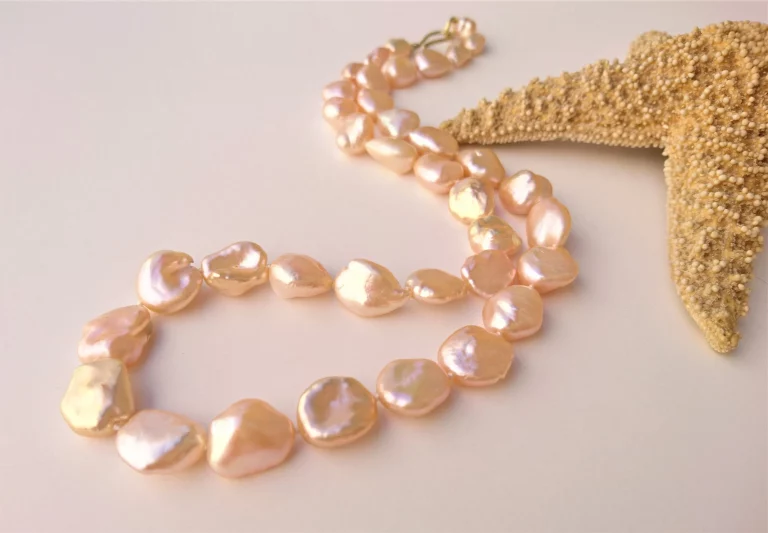
Nacre is the only material in Keshi Pearls. Keshi Pearls are made entirely of nacre since they do not form around a nucleus. (Click here to learn what a nucleus is.) Keshi Pearls have the finest luster because of this. Nothing inside is preventing light from reflecting, therefore the stunning Keshi luster glow is amazing and almost mesmerizing.
Learn More :
Get Them Here :
Baroque Pearls :
While not the only subtype, baroque is the term frequently used to describe pearls that are not round. It has pearls in the form of elongated spheres. They have an uneven, dented surface and an asymmetrical shape. The Victorian and Art Nouveau periods saw extensive usage of these pearls in jewelry.

They are the perfect option for strong ladies who wish to declare their uniqueness to the world. Due to their unique shapes and sizes, they are the complete opposite of conventional pearls. They are quite simple to employ to produce lovely items suited to complement any style because of this. But how much are baroque pearls worth? Let us briefly describe them to you so that you may get a sense of their importance and worth.
Learn More :
Get Them Here :
Cleaning Types Of Pearls :
1. Use a delicate cloth to clean your pearls after each wear. This will aid in preventing the accumulation of any oils or other chemicals that may have come into touch with your jewelry throughout the day.
2. Use a moist towel to clean only when necessary. You can use a delicate cleaning cloth dipped in a mixture of lukewarm water and mild dish soap to clean pearls that are discolored. A pearl necklace should not be submerged in water since doing so will weaken the silk thread.
3. Before storing them, let them completely dry. Once more, this maintains the suppleness of the silk strand.
4. Visit your jeweler once a year with them. Even while you should wear your pearls frequently to keep them moisturized, all that body oil is bad for the silk thread. Make sure your jeweler does a once-a-year integrity check on your pearl necklaces and bracelets. They may also clean them thoroughly and safely.
Pro Tip: To prevent loss if the strand breaks, cultured pearls should be strung with a knot between each bead. Jewelry Stores of America
Never use steam or ultrasonic jewelry cleaner to clean pearls. Both of these techniques run the risk of harming the pearl’s shell.
